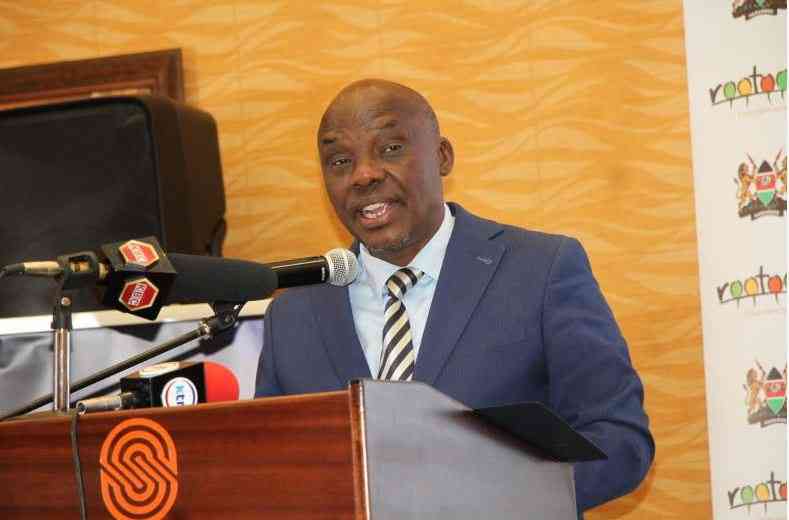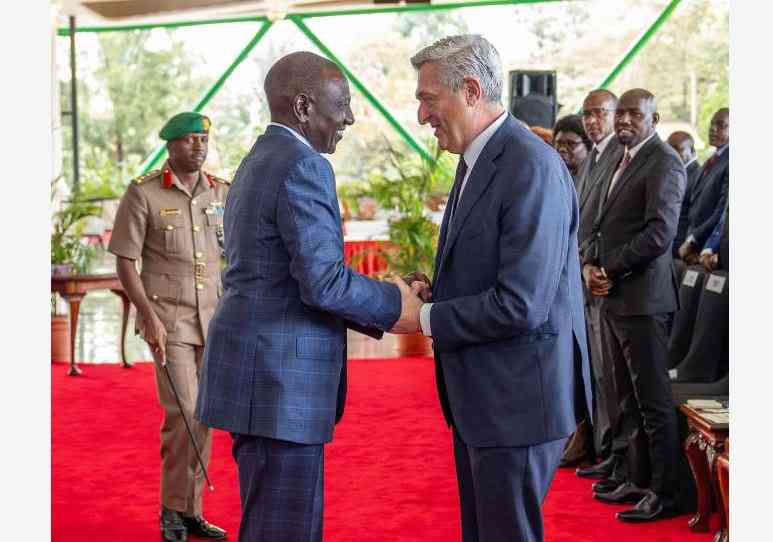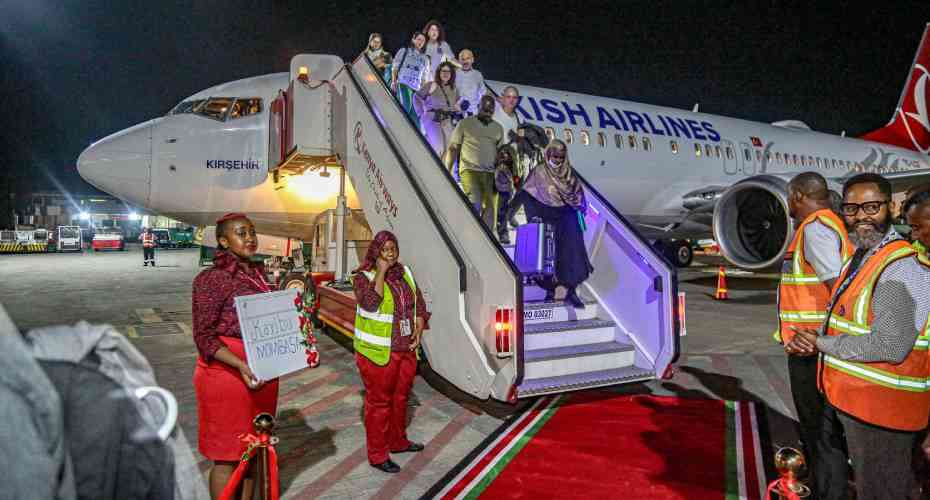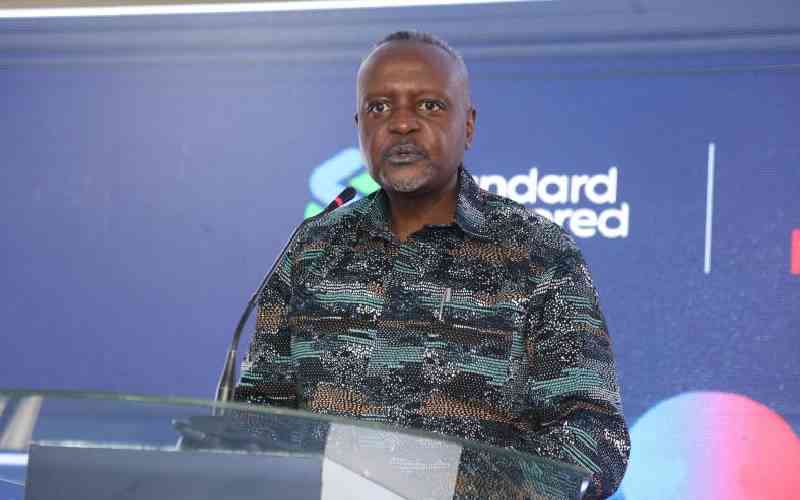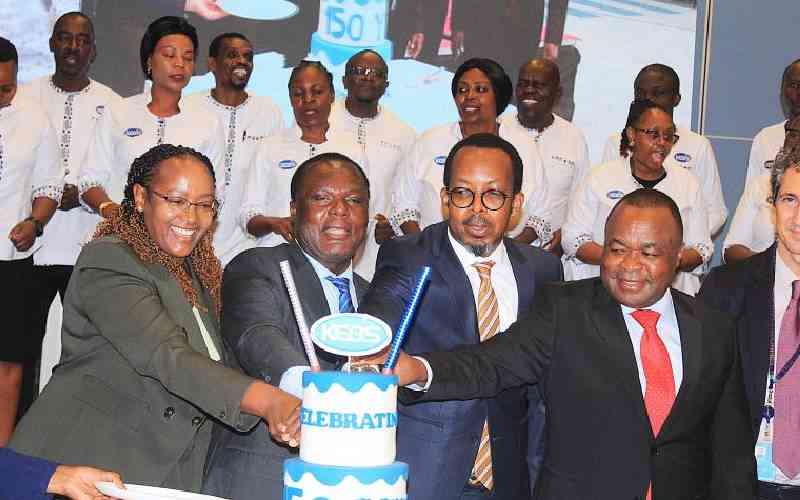×
The Standard e-Paper
Read Offline Anywhere
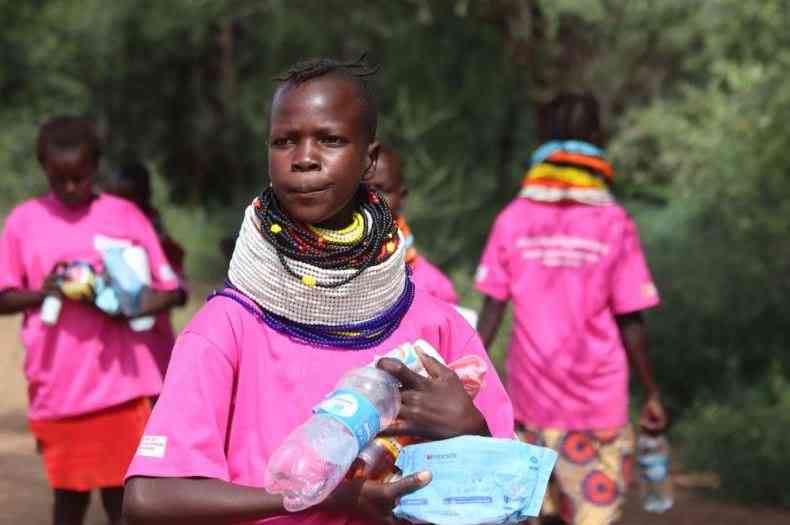
The government has embarked on developing a framework geared towards ensuring the rights of minority and marginalised groups are well protected, as enshrined in the Constitution.
Despite the Constitution of Kenya 2010 recognising these groups under Article 56, there currently exists no guiding policy to implement this constitutional provision.

